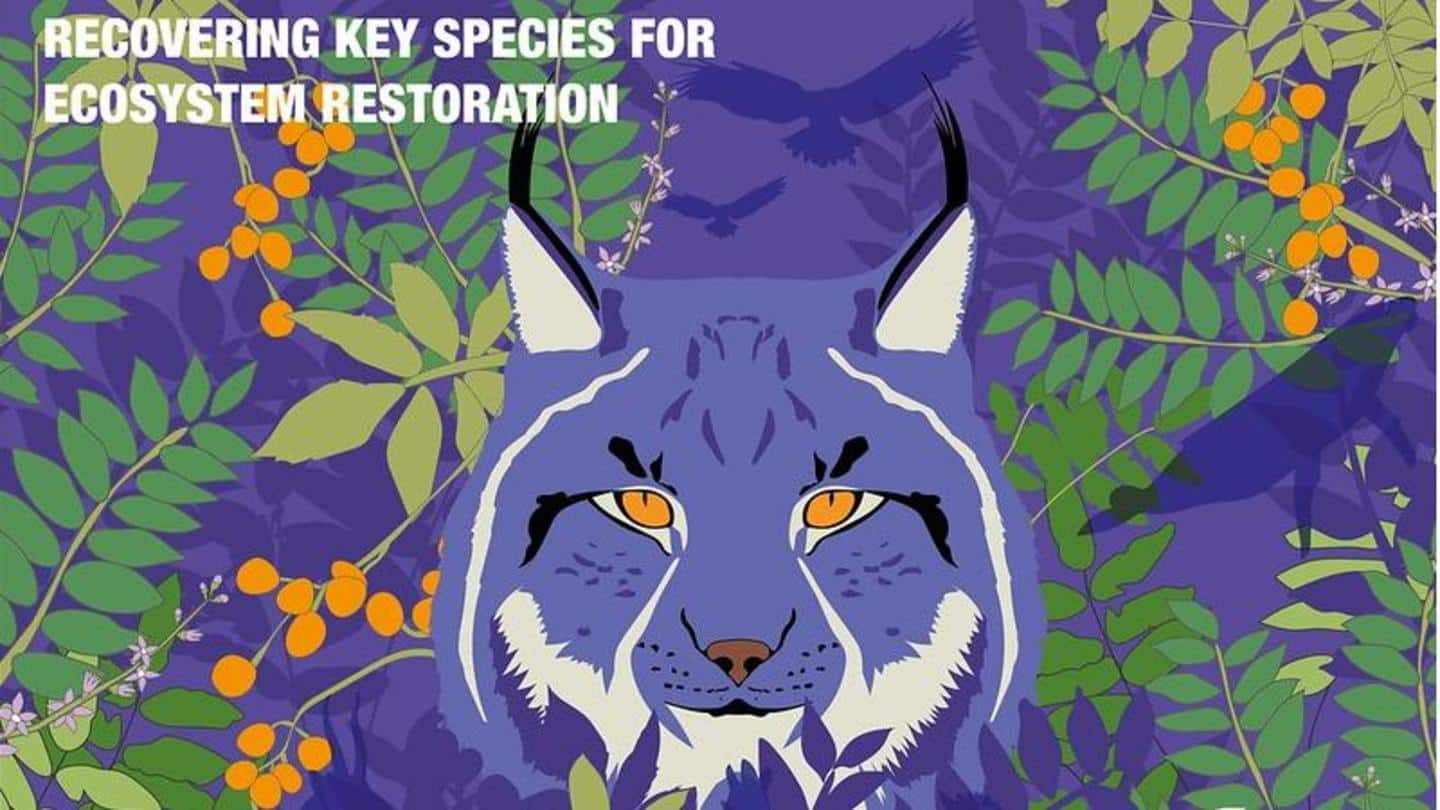
World Wildlife Day 2022: Save wildlife, save humanity
What's the story
The United Nations General Assembly (UNGA) stated March 3 as World Wildlife Day at the 68th session on December 20, 2013. World Wildlife Day is an attempt to celebrate the diverse species of fauna and flora, and promote awareness regarding their conservation. This year's theme--Recovering key species for ecosystem restoration--is part of the current UN Decade as well.
UN Decade
What is UN Decade?
The UN Decade on Ecosystem Restoration was launched on World Environment Day 2021 to call for the restoration of ecosystems. To run from 2021 to 2030, the UN Decade is based on the Sustainable Development Goals deadline, as well as the time span given by scientists to avert disastrous climate change. Restoration of ecosystems to prevent the breakdown of biodiversity is the ultimate target.
Theme
The significance of this year's theme
The celebrations this year focus on the conservation of severely endangered species and motivate debates about finding conservation solutions. This year's attempt is to rehabilitate the homes and ecosystems of the most critically endangered species. This day also reminds us to fight poaching, which has negative environmental, economic, and societal implications. All efforts shall be targeted toward United Nations Sustainable Development Goals.
Animals
Endangered animals
A species of animal is termed endangered when its population falls between 50 and 70 percent. It is also concerning when the population is restricted to below 250 beings capable of reproduction. Recently, Australia designated koalas as endangered species, due to heavy loss of habitat. Similarly, Asian elephants, mountain gorillas, orangutans, leatherback turtles, tigers, and snow leopards are also endangered.
Why?
Why do we need to change
The unrelenting loss of habitats, species, and ecosystems jeopardizes all life on Earth. Since millions of people rely on nature for their livelihoods, an imbalance in the flora and fauna can affect them in catastrophic ways. Over 8,400 species of wildlife are critically endangered, and about 30,000 more are vulnerable. Given these estimates, over a million species are considered to be threatened with extinction.
Conservation
Species no longer on the endangered list
With continuous urbanization, many species have already become extinct or are being driven toward extinction every day. Conservation can help restore balance in nature and give a glimmer of hope to our future generations. A few endangered animals have exited the list owing to dedicated conservation efforts--southern white rhinos, giant panda, Arabian oryx, gray wolf, northern brown kiwi, and Louisianan black bear.